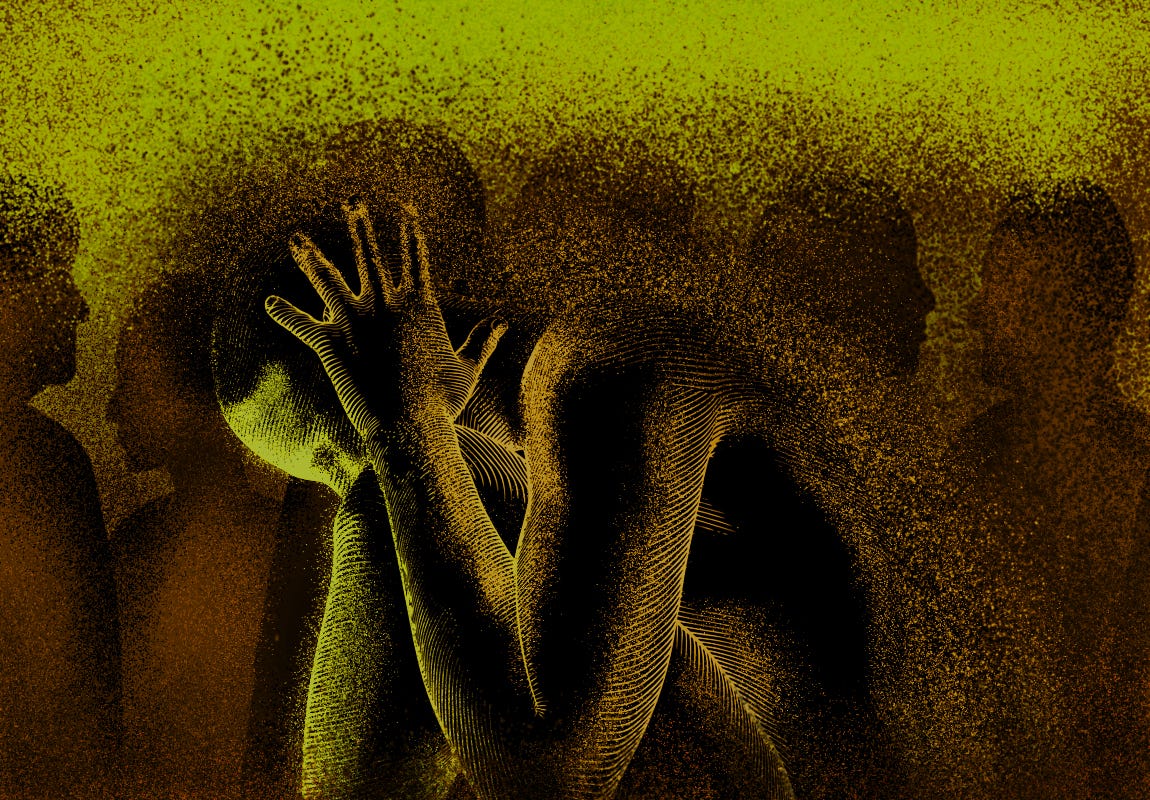Schizoaffective disorder is a chronic mental health condition characterised primarily by schizophrenia symptoms, such as hallucinations or delusions, and mood disorder symptoms, such as mania and depression.
Many people with schizoaffective disorder are initially misdiagnosed as having bipolar disorder or schizophrenia. This is because schizoaffective disorder has received less attention than the other two conditions and many interventions are based on their approaches.
Schizoaffective disorder is uncommon, with only a 0.3 percent lifetime prevalence. Men and women both develop schizoaffective disorder at the same rate, but men typically develop the illness at a younger age. Medication and therapy can effectively treat schizoaffective disorder. Co-occurring substance use disorders pose a significant risk and necessitate integrated treatment.
Symptoms
Schizoaffective disorder symptoms can be severe and must be closely monitored. People will experience different symptoms depending on whether they have depression or bipolar disorder. Some of the main symptoms are:
● Hallucinations, that is when you see or hear things that aren't there.
● Delusions are false, fixed beliefs that persist in the face of contradictory evidence.
● Thinking that is disorganised: A person may jump from one topic to another quickly or provide answers that are completely unrelated.
● Depressed state. If a person has schizoaffective disorder depressive type, they will experience feelings of sadness, emptiness, worthlessness, and other depression symptoms.
● Erratic behaviour: If a person has schizoaffective disorder: bipolar type, they will experience euphoria, racing thoughts, increased risky behaviour, and other mania symptoms.
Causes
It is unknown what causes schizoaffective disorder. A variety of factors may play a role in the development of schizoaffective disorder:
● Genetics: Schizoaffective disorder is said to be a genetic disorder. This is not to say that if a relative is ill, you will undoubtedly get it. However, it does increase your chances of developing the illness.
● Structure and chemistry of the brain: Brain-function and structure may differ in ways that science is still learning about. Brain scans are assisting in the advancement of research in this area.
● Stress: Stressful events such as a family death, the end of a marriage, or the loss of a job can cause symptoms or the onset of the illness.
● The use of drugs: LSD and other psychoactive drugs have been linked to the development of schizoaffective disorder.
Diagnosis
Because it has symptoms of both schizophrenia and depression or bipolar disorder, schizoaffective disorder can be difficult to diagnose. Schizoaffective disorder is classified into two types: bipolar and depressive. A person must exhibit the following symptoms in order to be diagnosed with schizoaffective disorder:
➔ A period in which there is a major mood disorder, either depression or mania, that occurs concurrently with symptoms of schizophrenia.
➔ Delusions or hallucinations lasting two weeks or more in the absence of a major mood episode.
➔ Symptoms consistent with a major mood episode are present for the majority of the illness's duration.
➔ The symptoms are not the result of drug or medication abuse.
Treatment
There are several ways to treat and manage schizoaffective disorder:
➔ Medications such as mood stabilisers, antipsychotics, and antidepressants.
➔ Cognitive behavioural therapy or family-focused therapy are two types of psychotherapy.
➔ Strategies for self-management and education.
Now put on your thinking hats and think about the following questions for a couple of minutes.
How would you explain the term “schizoaffective disorder” to your students?
Can you think of some factors that may contribute to schizoaffective disorder?
Can you think of ways to help a friend or relative who is suffering from schizoaffective disorder?
Write down your thoughts and discuss them with your students, children and your colleagues. Listen to their views and compare them with your own. As you listen to others, note how similar or different your views are to others’.
Thank you for listening. Subscribe to The Scando Review on thescandoreview.com.
Happy Teaching!














Schizoaffective disorder